7 Things You Need To Know About Maintaining Your Aquarium’s pH Level
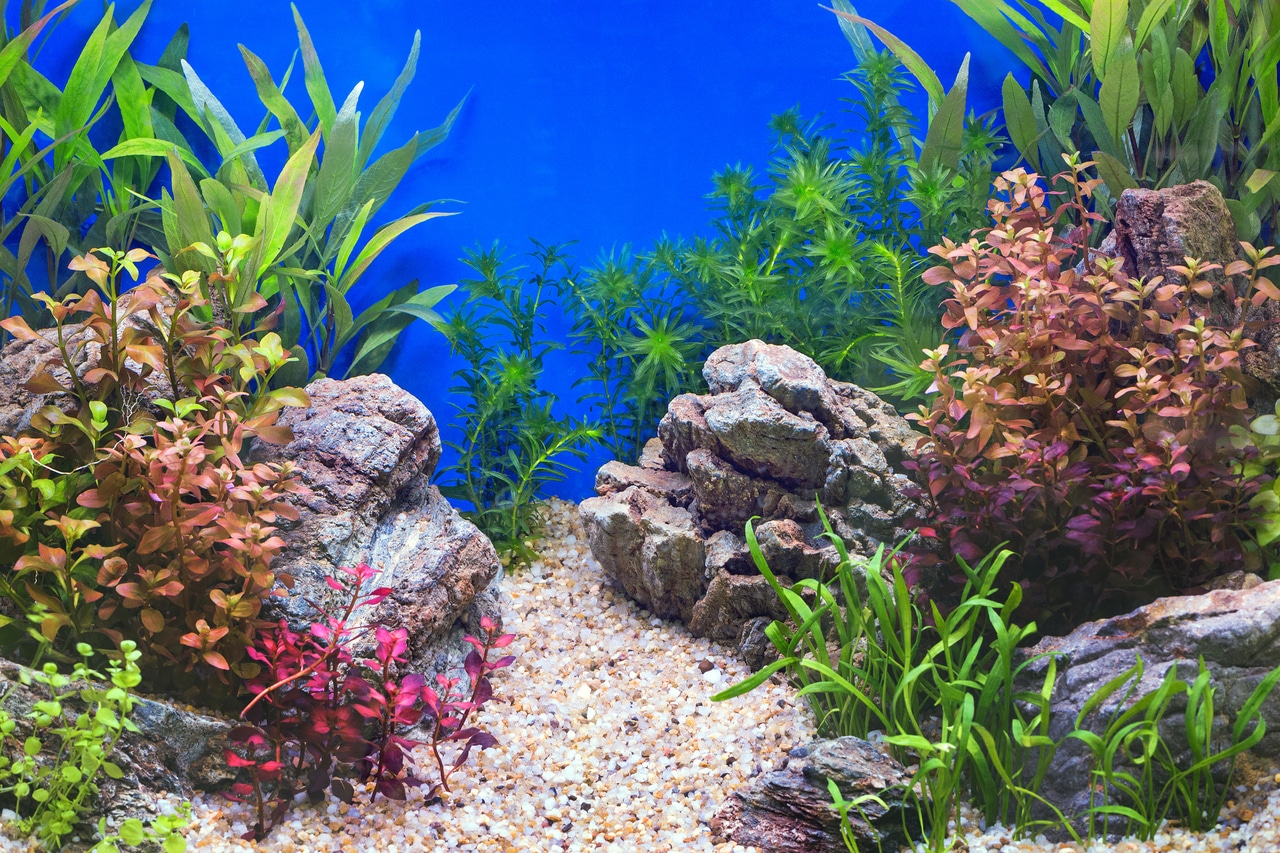
What do you need to know about maintaining your aquarium’s pH?
- Water chemistry basics
- Relationship with carbonate hardness
- How to test your tank’s pH
- Importance of a stable pH
- Raising pH with water changes
- Using substrate materials to change pH
- Acclimating new fishes
When making your first aquascape, one thing you should consider is water chemistry. That’s why the raw water from the faucet may not be the best option for your fishes. If you’re not careful, pH changes can have a tremendous effect on their health. But what do you need to know when maintaining your aquarium pH? Read on!
Water Chemistry Basics
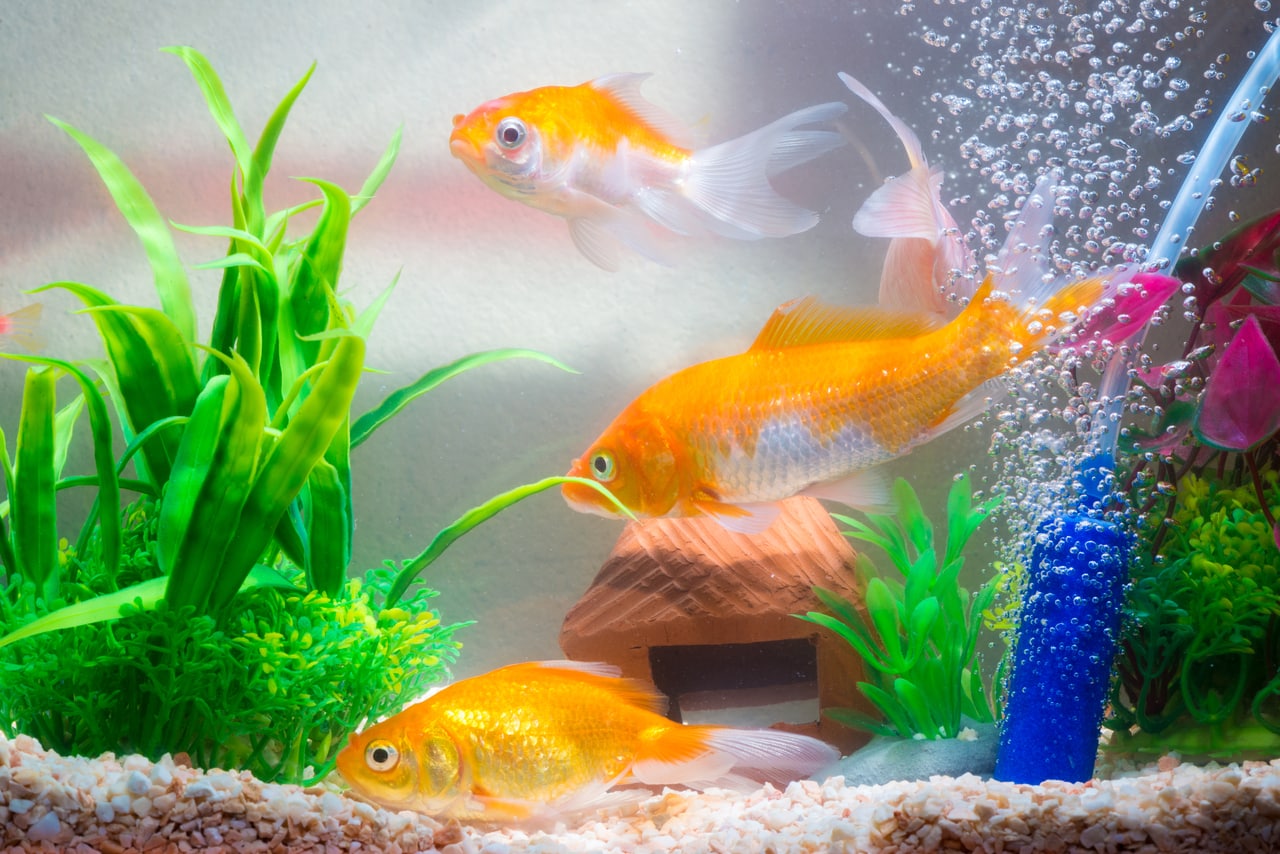
If you have been paying attention to your science class, you would remember that pH, which stands for ‘power of Hydrogen, is the acid-base balance of any solution. It is measured through a scale with numbers from zero to fourteen. The middle ground is 7, which means that a solution is neutral. Anything lower is acidic and any value that is higher denotes higher alkaline levels.
So what does this mean for you as an aquascape enthusiast? When you’re taking care of fishes, it is important to know that not all species are used to the same pH level. One fish might like acidic environments while others will thrive in more alkaline ones. If you’re not careful, they may fall ill and die which is why you need to have some basic understanding of your tank’s water content.
Relationship With Carbonate Hardness
Aside from pH itself, you should also consider its relationship with other compounds that need to be monitored in your aquarium. For example, the higher the carbonate hardness(KH) level of the water, the more stable your pH level will be. This is because KH can neutralize the acids in your aquascape before it even affects the pH levels.
If you have low or non-existent KH, you should monitor for rapid drops in pH that can be toxic to your water creatures—fish and plants included. Remember that increasing the KH will also raise the pH. You can do this through frequent water changes, alkalinity buffers, or using specific substrates.
How To Test Your Tank’s pH
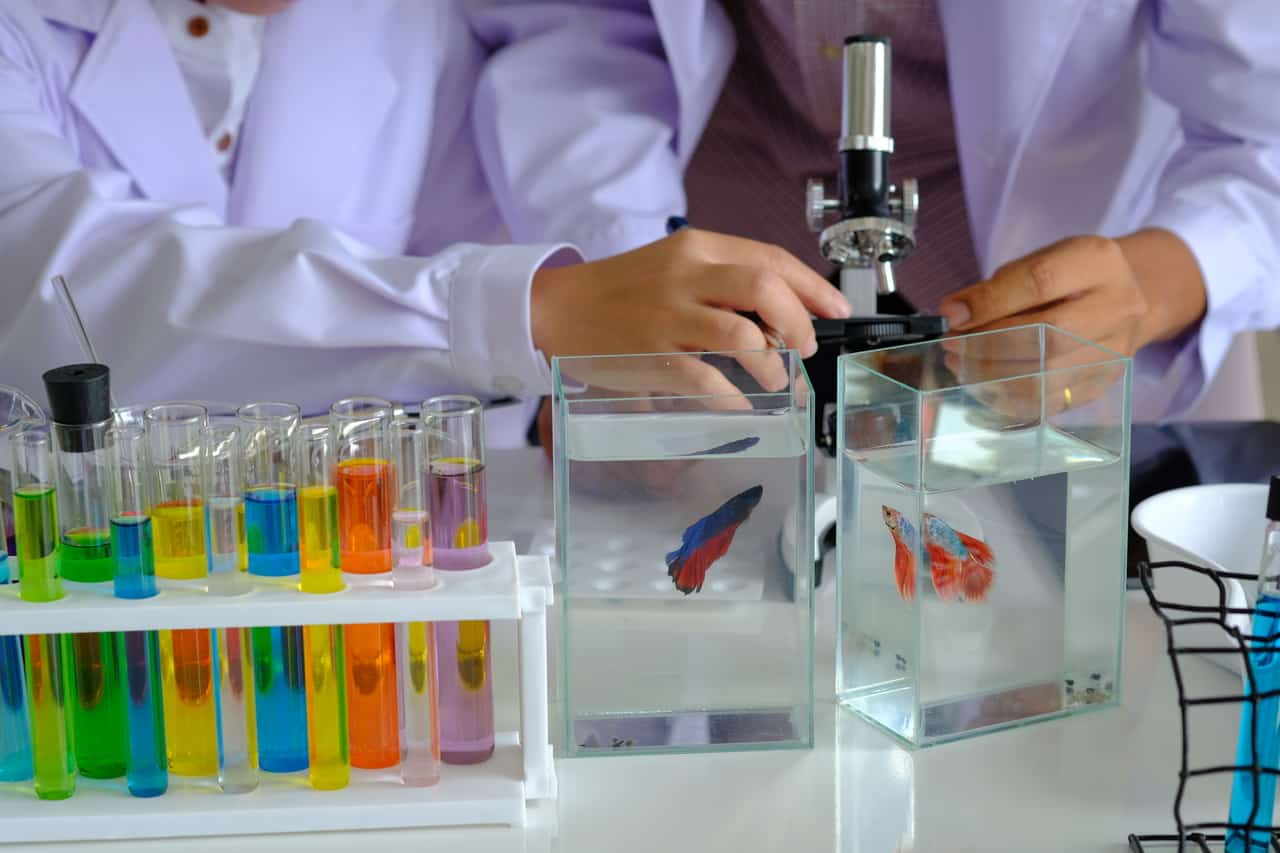
If you want to know the accurate level of your aquarium’s water’s pH and KH, you can purchase test kits. Remember that most of these have a shelf life and anything too old will only provide inaccurate results. Follow the directions to the tee so there wouldn’t be errors in the test.
If you’re testing your tap water’s pH level, remember to do it after oxygenating it in a bucket over 24 hours. Test it, then see if any changes occur within 48 hours. This way, you will expose the tap water to the air which reduces the carbon dioxide in the liquid. This will cause a pH change which is more accurate.
Importance Of A Stable pH
If you’re a beginner, remember that you don’t have to chase the perfect pH level for your fishes. For example, if your research says that an angelfish prefers a pH of 7, it doesn’t mean that it can’t acclimate to a pH of 6.8.
If the water creatures aren’t showing symptoms that should make you concerned, it is recommended to just keep the water stable. This is because swings in the pH levels have a bigger effect on your fishes.
Raising pH With Water Changes
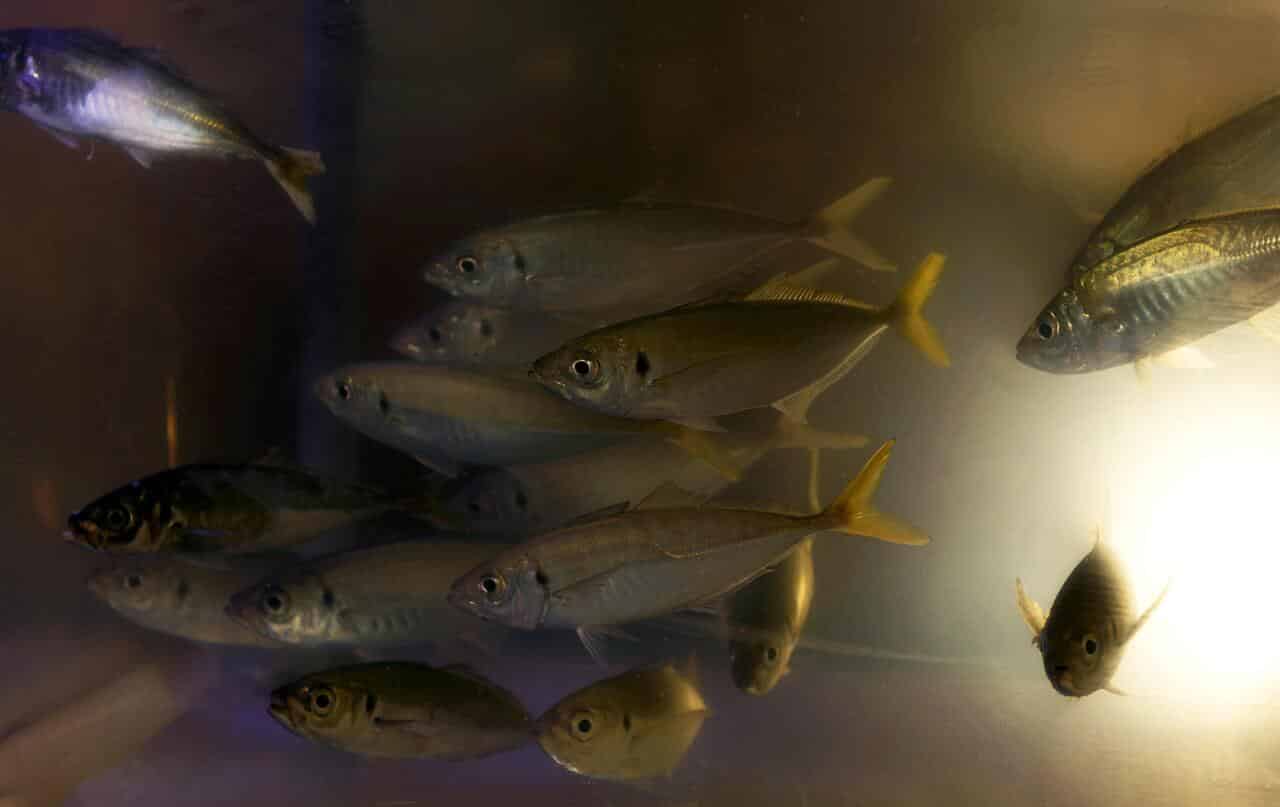
As a general rule, you should change 10%-20% of the water each week, depending on how stocked your aquarium is. You could also do smaller changes regularly if you do not want to shock your fishes. This way, you have less water than you need to replace.
It is recommended to do this as the pH will naturally drop over time. Aside from helping you raise the water levels, it would also allow you to keep the waste levels—such as nitrate and phosphate—low.
Using Substrate Materials To Change pH
Did you know that specific rocks and substrate materials also have a direct effect on your water’s pH levels? For example, crushed coral will raise the pH of your aquarium which makes it the best choice for fishes that prefer an alkaline environment.
If you want to lower the pH levels, you could also try putting driftwood in your tank. This is because it contains tannins that can make the water more acidic. As a bonus, it will also make your aquarium look more natural.
Acclimating New Fishes
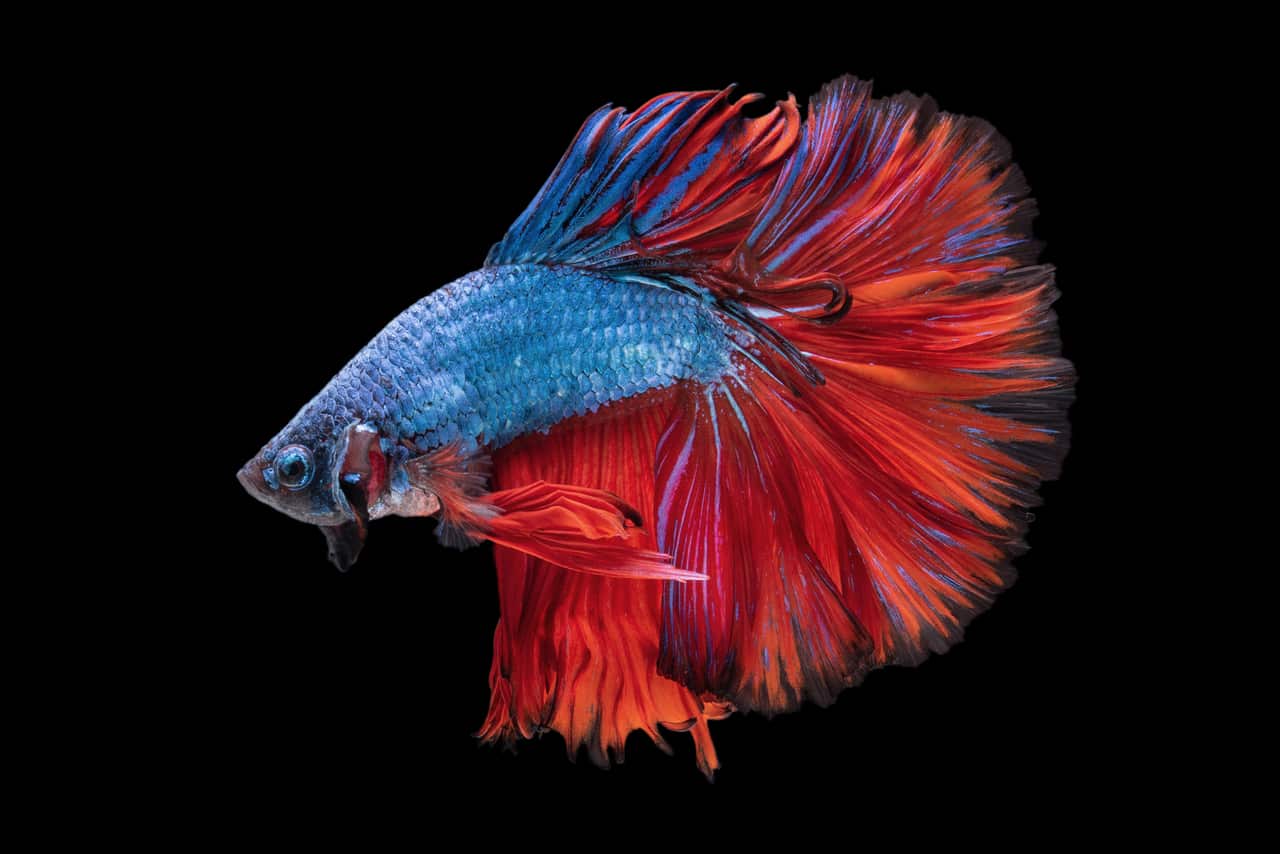
If you have a new fish that you want to add to your tank, it is a good idea to test the water where it originally comes from. The greater the difference in pH, the more you should be gentle when letting them acclimate to your aquarium.
After you first get your fishes, slowly add small amounts of your aquarium water to the bag that they came with. This way, you can let them adapt to the pH of your tank.
Key Takeaway
If you’re planning to build your first aquascape, you should research the preferred pH level of the fishes you want to purchase. This allows you to make necessary changes when choosing substrate materials—such as driftwood. When maintaining aquarium pH, remember to keep it stable as much as possible. This way, the plants and fishes in your tank will be happy and healthy.
If you need assistance in making your tank a healthy environment for your water creatures, you can send Aquascape Philippines a message! We also offer livestock, plants, soil, and more aquascaping resources for your hobby.
Share on

